BY DEVIKA RAO- MANAGER, CGI PRODUCTION-PIXION AND ZEENIA BOATWALA
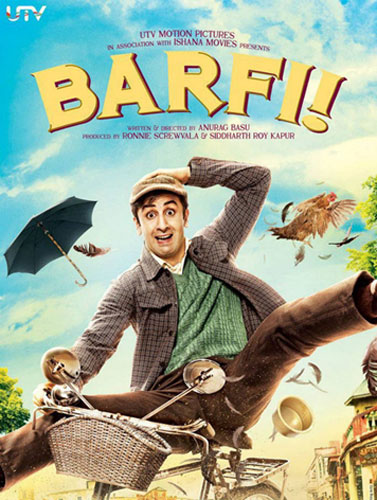
Pixion Studios, one of noted players in the VFX industry of India and has recently delivered VFX for Oscar Nominated BARFI! Directed by Anurag Basu, The storyline of BARFI! revolves around the protagonist Ranbir Kapoor, who is a mute and deaf boy living in Darjeeling There are a number of subtle but significant VFX elements that come together to contribute to the grand success of India’s very own Oscar-nominated BARFI!. The movie has been chosen as India’s official entry for the Oscar’s next year in the Best Foreign Language Film category.
A sweet treat, both visually and emotionally, BARFI! has over 500 VFX shots and the scope of work ranges from having to skillfully blend subtle, but significant CGI elements into the mainframe using compositing and colour-correction. Pixion has used extensive set-extensions with clean-ups, rotoscopy, wire-removals, chroma-keying and beautifully painted digital matte-paintings have been used to create a largely picturesque background environment since the film was set in an era that has long since past.
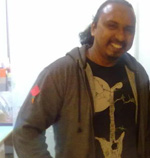
The credit for creating the VFX for BARFI! goes to Prasad Sutar ,who has been the VFX Supervisor on the film with Viral Thakkar Heading the CGI, Sanjiv Naik as the Associate VFX Supervisor and Sudhir Trivedi for being the CGI Supervisor along with their teams.
Some of the VFX elements in the film are the Nose, Butterfly, Bubbles and Fireflies, the Paper Plane and Sticky Paper, the maroon Chevrolet Capri and the black Ambassador, the Darjeeling Train sequence, the Chau Dance sequence and innumerable BG replacements.
With a team force of 110 artists, it has taken around 45 days to complete the entire VFX for this movie. The major VFX elements of the film include extensive set-recreation and extensions of the existing sets, since a large part of the film was shot in Chandivali. The set-extensions included a number of digital matte-paintings, camera projections and CG-sets all blended together very beautifully thru highly skilled compositing. Being a period film, many elements indicating the present-day time, needed to be cleaned up and replaced with their predecessors (signboards etc.). Backgrounds of shots that were shot on-location were also changed as per the director’s requirement to make the shots more beautiful & scenic.
Let us now get a deep insight of the noted VFX shots of the movie and its execution!
Beginning with the ‘nose gag’ that we see in the BARFI!! Theatrical Promo, Is a completely CGI nose. As per the brief, the nose moves from its normal position after it gets hit by the door and it changes direction, moving from right to left taking the cue from Ranbir’s hand movements and the nose returns to its main position after the second hit from the door.
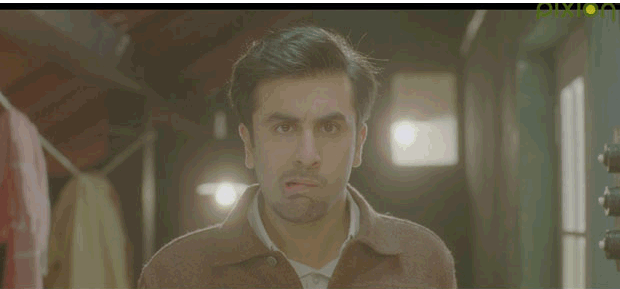
For Pixion, the most challenging aspect in this shot was blending the CGI nose seamlessly with the actor’s face. The next challenge faced by the team was to match the lighting with the existing mood of the shot and achieve the exact skin tone, which was executed using the SSS shader. And it was all very crucial for the team to get all of the above done in a very short time frame as this was one of the shots from the theatrical trailer. To get the perfect look of this shot, compositing with multiple layers and some colour-correction made it to look happening.
One more noted shot of the movie is the butterfly in the field that Priyanka Chopra is trying to touch, which again is completely a CGI Butterfly. Since the butterfly was going to be very close to the camera, it was modeled with very high detail. The animators went through a lot of references and animated at key-frames to get a very realistic looking butterfly flight. From the lighting and compositing point of view – it was a challenge to achieve a realistic look for the butterfly’s wings since they are very thin and but entirely opaque and this was achieved using the SSS shader. The butterfly went through heavy compositing on two counts with first being to make it look realistic and secondly to blend it completely with the live environment.
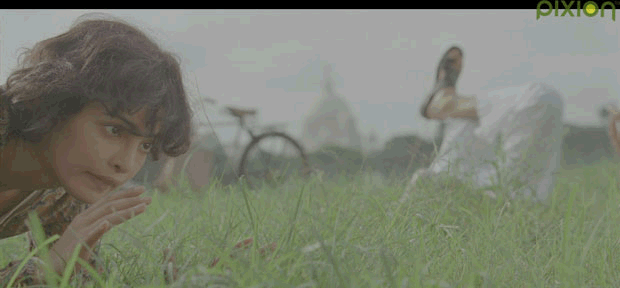
After the nose and the butterfly, comes the firefly sequence shot at night with CGI bubbles and fireflies. For creating life-like fireflies, the Pixion team dealt with numerous challenges for achieving the glowing pattern, motion in lighting along with bubble animation and setting the glittering look. The animation and lighting teams went through tons of videos and live references to understand the physics of bubble motion, the timing of the light and subtle glow that is emitted from a firefly. And ultimately to combine these two aspects took very skilled compositing. Hours of RnD and experimenting to improve the look ever so slightly paid off, when the sequence became an absolute hit with the Director’s team and just hours before final delivery we got awarded more shots in which to add more fireflies. The other challenging aspect was for the animators to match the bubble and firefly motion with the Ranbir Kapoor’s visual line of focus – this was very tricky but they managed it very well.
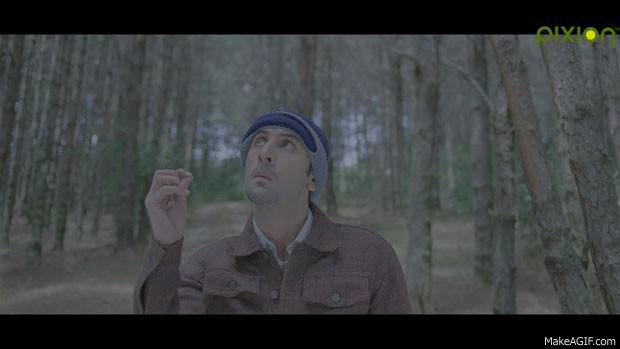
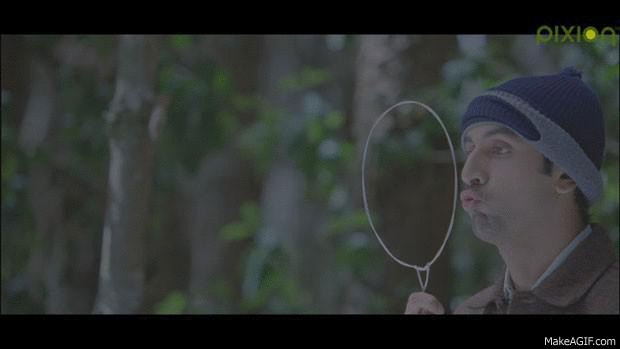
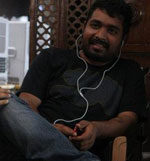 With 8 years of experience in the industry and Lakshya being the first movie project, Sanjiv Naik, Speaking to Animationxpress.com’s Zeenia Boatwala about the VFX of BARFI!, says, “The glow-worm sequence and the nose sequence were the priority VFX shots for us. When we initially read the script of the movie, we got an idea of the entire mood, which needed to be applied to the movie. We got the priority scenes two months in advance. The research for BARFI! VFX has been undertaken according to the themes of the shots. For the butterfly sequence, we saw many videos of butterflies and then locked the texture animation and effects for it. The glow worm sequence was the major research shot as we did not try it before. We had a lot of freedom to change a particular shot in the way we wanted to look at it. We saw the entire film and suggested various colors that can be applied to the film.”
With 8 years of experience in the industry and Lakshya being the first movie project, Sanjiv Naik, Speaking to Animationxpress.com’s Zeenia Boatwala about the VFX of BARFI!, says, “The glow-worm sequence and the nose sequence were the priority VFX shots for us. When we initially read the script of the movie, we got an idea of the entire mood, which needed to be applied to the movie. We got the priority scenes two months in advance. The research for BARFI! VFX has been undertaken according to the themes of the shots. For the butterfly sequence, we saw many videos of butterflies and then locked the texture animation and effects for it. The glow worm sequence was the major research shot as we did not try it before. We had a lot of freedom to change a particular shot in the way we wanted to look at it. We saw the entire film and suggested various colors that can be applied to the film.”
Next up are the CGI paper plane and sticky paper shots. The paper plane was just one shot, where the plane is seen gliding out of the window and lands across the road in the driveway. This was a hi-speed shot and hence animators had to do key-frame animation to make the plane motion look real and match with the camera motion. Compositing of this shot included blending the 3D paper plane with the existing BG.The sticky paper shot – where Ranbir Kapoor is sticking posters on the wall and one poster accidentally gets stuck to his hand and he is trying to get if off. The sticky paper of course is CGI. This is 1102 frames long – and the motion of the paper sticking to Ranbir’s hand and foot was achieved thru a complex blend of animation and simulation along with a great deal of match-moving the object and rotoscoping. Finally the play of shadows and light is what made it seem believable and the compositing blended the CGI paper perfectly into the shot. The outcome was a smooth, seamless shot of a sticky paper stubbornly stuck to Ranbir Kapoor’s hand and foot.
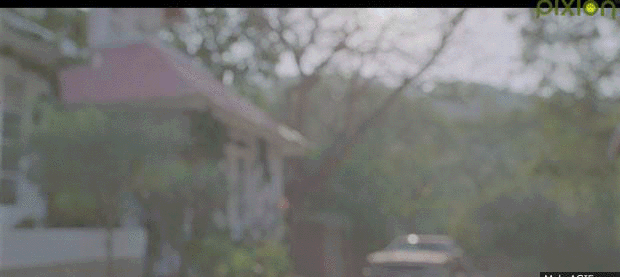
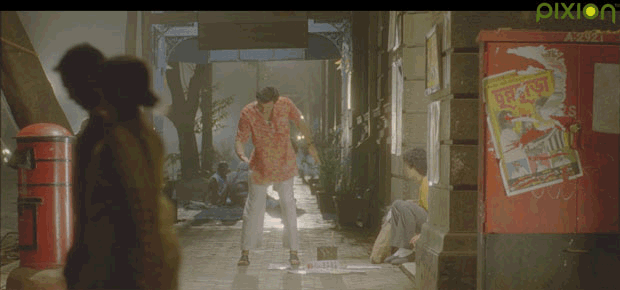
Explaining more about the Clock Tower Shot, Sanjv, expresses, “The clock tower was shot in Darjeeling and the major problem was that we couldn’t go upstairs and so we have to take a long shot and we decided to captured expressions of the people, which were shot against the clock.”
Apart from this, the maroon Chevrolet Capri that was used in almost all of the Darjeeling shots was recreated in CGI to a very high degree of detail. These shots required a lot of match-moving and camera tracking and fine details like environment reflections were added on the car’s body.
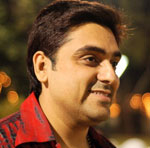 PIXION’s CGI Head – Viral Thakkar says “Initially when we heard about BARFI! We didn’t assess that there would have been so many CGI shots in the film. The kind of CGI used for BARFI! Gives quite a seamless kind of look with the flow of the film. We took up the challenge of the glow worm sequence, which Anurag Basu had in mind and to match the lighting for this sequence was a bit tricky. We went ahead and executed many complex sequences. My favorite shot in the movie is the glow worm sequence and it was almost like choreography to work on shot.. I really hope BARFI! Win at Oscars!!”
PIXION’s CGI Head – Viral Thakkar says “Initially when we heard about BARFI! We didn’t assess that there would have been so many CGI shots in the film. The kind of CGI used for BARFI! Gives quite a seamless kind of look with the flow of the film. We took up the challenge of the glow worm sequence, which Anurag Basu had in mind and to match the lighting for this sequence was a bit tricky. We went ahead and executed many complex sequences. My favorite shot in the movie is the glow worm sequence and it was almost like choreography to work on shot.. I really hope BARFI! Win at Oscars!!”
Also the old black Ambassador that gets pushed off the cliff and goes under water was recreated in CGI in very high detail. The underwater shot of the car settling on the riverbed required heavy compositing for the CGI car to fully blend in with the real underwater environment.
Coming to the Darjeeling train sequence, where Ranbir Kapoor is riding his bicycle beside the train and communicating with Ileana D’cruz was shot completely against a chroma background. Moreover, the train and actual parts of Darjeeling were shot at different times and at different locations. Visibly, the VFX scope of work here was extensive. It included re-creating the entire background as visualized by the Director and stitching the CGI & Composited elements with the live elements to create perfectly composed set of shots – with the continuity to match in sequence.
For BARFI!, Autodesk Maya was used for all model all the CGI elements, with Nuke used for Compositing, Bojou was used for Match moving and Adobe Photoshop was brought into action for Matte Painting
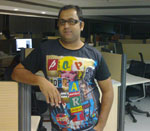 According to Sudhir Trivedi, The CGI Supervisor for BARFI!, “The most challenging and happening shot was the Nose shot, which had to be matched nose and textured according to the photo real picture of Ranbir Kapoor, modeling and animating the entire nose took around 8 days and it was about 15 total passes which were to be composited to match the entire lighting.”
According to Sudhir Trivedi, The CGI Supervisor for BARFI!, “The most challenging and happening shot was the Nose shot, which had to be matched nose and textured according to the photo real picture of Ranbir Kapoor, modeling and animating the entire nose took around 8 days and it was about 15 total passes which were to be composited to match the entire lighting.”
“The Chau dance sequence (which is Priyanka Chopra’s dream sequence) required crowd-multiplication of the Chau dancers, which were very skilfully composited along with the multi-coloured lens flares to match the Director’s vision of the shot. Other CGI/ Composited elements in the film include CG rain that was added in some shots, the bridge over which the train travels and the background since some of the train shots were also shot against chroma. Also 3D projection of the school building to match in all the sequences.”
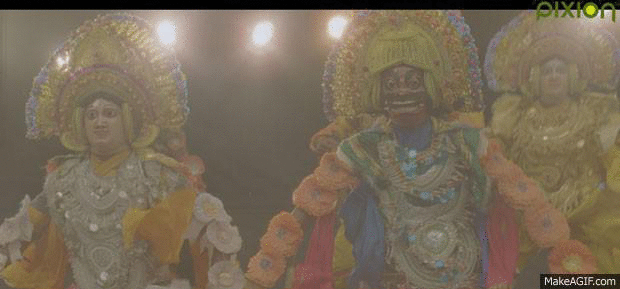
Sudhir Trivedi, adds, “We wanted to achieve photo real quality for the Nose and firefly shot and photo real bubbles in firefly motion, studied many references from photographs and tried to convince the director and VFX supervisor. Animation was difficult!! It has taken 4 days to model and 3 days to animate it. Tracking part was very difficult. Coming to the Underwater Car shot, it was very difficult to track the car according to the actions. Car took 4days to model in Maya and for effects we use Maya and Max and it took 6 to 7 days to bring out the final car output.”
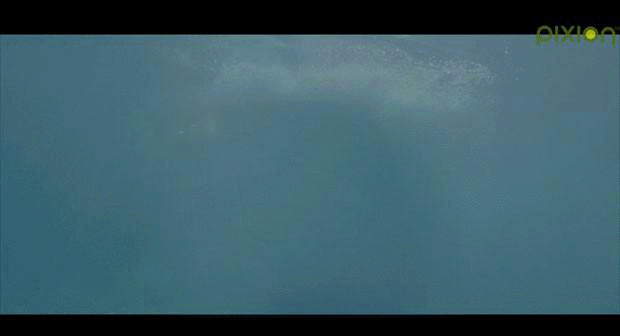
Currently, PIXION is working on VFX for TALAASH, SON OF SARDAAR, STUDENT OF THE YEARand KRRISH 3.
Team PIXION wishes Anurag and Taani Basu and BARFI! A huge success at the Oscars.

